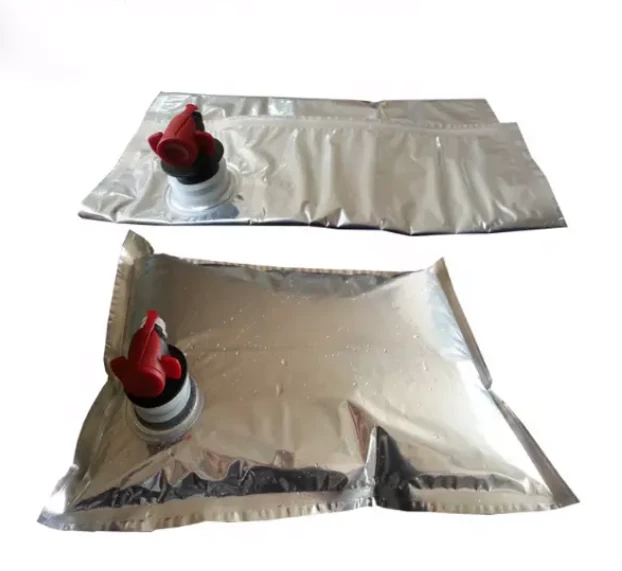- Afrikaans
- Albanian
- Amharic
- Arabic
- Armenian
- Azerbaijani
- Basque
- Belarusian
- Bengali
- Bosnian
- Bulgarian
- Catalan
- Cebuano
- chinese_simplified
- chinese_traditional
- Corsican
- Croatian
- Czech
- Danish
- Dutch
- English
- Esperanto
- Estonian
- Finnish
- French
- Frisian
- Galician
- Georgian
- German
- Greek
- Gujarati
- haitian_creole
- hausa
- hawaiian
- Hebrew
- Hindi
- Miao
- Hungarian
- Icelandic
- igbo
- Indonesian
- irish
- Italian
- Japanese
- Javanese
- Kannada
- kazakh
- Khmer
- Rwandese
- Korean
- Kurdish
- Kyrgyz
- Lao
- Latin
- Latvian
- Lithuanian
- Luxembourgish
- Macedonian
- Malgashi
- Malay
- Malayalam
- Maltese
- Maori
- Marathi
- Mongolian
- Myanmar
- Nepali
- Norwegian
- Norwegian
- Occitan
- Pashto
- Persian
- Polish
- Portuguese
- Punjabi
- Romanian
- Russian
- Samoan
- scottish-gaelic
- Serbian
- Sesotho
- Shona
- Sindhi
- Sinhala
- Slovak
- Slovenian
- Somali
- Spanish
- Sundanese
- Swahili
- Swedish
- Tagalog
- Tajik
- Tamil
- Tatar
- Telugu
- Thai
- Turkish
- Turkmen
- Ukrainian
- Urdu
- Uighur
- Uzbek
- Vietnamese
- Welsh
- Bantu
- Yiddish
- Yoruba
- Zulu
how to make ethylene gas
How to Make Ethylene Gas
Ethylene gas (C2H4) is a colorless, flammable hydrocarbon that plays a crucial role in various industrial applications, especially in the production of plastics, antifreeze, and synthetic fibers. Additionally, it serves as a plant hormone that influences fruit ripening and other physiological processes. Producing ethylene gas can be achieved through several methods, each suitable for different applications and environments. In this article, we will explore some common methods to make ethylene gas along with safety considerations and practical applications.
1. Dehydration of Ethanol
One of the most straightforward methods for producing ethylene involves the dehydration of ethanol. This process typically requires a catalyst, such as aluminum oxide (Al2O3), and occurs at high temperatures (around 300-400°C). Here’s how it works
- Materials Required Ethanol, aluminum oxide catalyst, and a heat source. - Procedure 1. Set up a distillation apparatus with ethanol as the starting material. 2. Heat the ethanol to the required temperature to facilitate dehydration. 3. The aluminum oxide acts as a catalyst, promoting the removal of water molecules from the ethanol. 4. As a result, ethylene gas is generated and can be collected from the apparatus.
This method is not only efficient but also relatively simple, requiring minimal setup and readily available materials.
Another common method for producing ethylene is through the cracking process of hydrocarbons, particularly from natural gas or crude oil. This method is widely used in petrochemical industries. In thermal cracking, large hydrocarbon molecules are broken down into smaller molecules, including ethylene.
- Materials Required Hydrocarbon feedstock, high heat source (e.g., furnace), and a controlled environment. - Procedure 1. Hydrocarbon feedstock is heated to a temperature of approximately 800-900°C. 2. The extreme heat causes the hydrocarbons to break apart, forming various smaller molecules, including ethylene. 3. The resultant gas mixture is then cooled, and ethylene can be separated and purified through distillation processes.
how to make ethylene gas

While this method is effective for large-scale production, it demands significant safety measures and technical expertise due to the high temperatures involved.
3. Reacting Calcium Carbide with Water
A more straightforward, albeit less commonly used method, involves reacting calcium carbide (CaC2) with water. This reaction produces acetylene gas (C2H2), a precursor to ethylene.
- Materials Required Calcium carbide, water, and appropriate safety gear. - Procedure 1. Place a controlled amount of calcium carbide in a container. 2. Slowly add water to the container. 3. The reaction produces acetylene gas, which can be further transformed into ethylene through partial oxidation. This method is often used in smaller-scale applications due to its relative ease. However, precautions must be taken when handling calcium carbide, as it can be reactive and hazardous.
Safety Considerations
While producing ethylene gas can be accomplished through various methods, it is crucial to emphasize the importance of safety. Ethylene is highly flammable and poses explosion risks when mixed with air. Therefore, production should be carried out in well-ventilated areas, away from open flames or sparks. Additionally, proper personal protective equipment (PPE), including gloves and goggles, should always be worn to minimize safety risks during the process.
Conclusion
Ethylene gas is an essential compound in both industrial applications and natural processes. Whether through the dehydration of ethanol, thermal cracking, or the reaction of calcium carbide with water, producing ethylene can be achieved through several methods. Each technique has its advantages and complexities, making it suitable for various contexts. Understanding these methods and adhering to safety guidelines ensures a successful and secure production of ethylene gas. As industries continue to explore sustainable practices, the production of ethylene may evolve, offering new techniques and environmentally friendly alternatives in the future.













